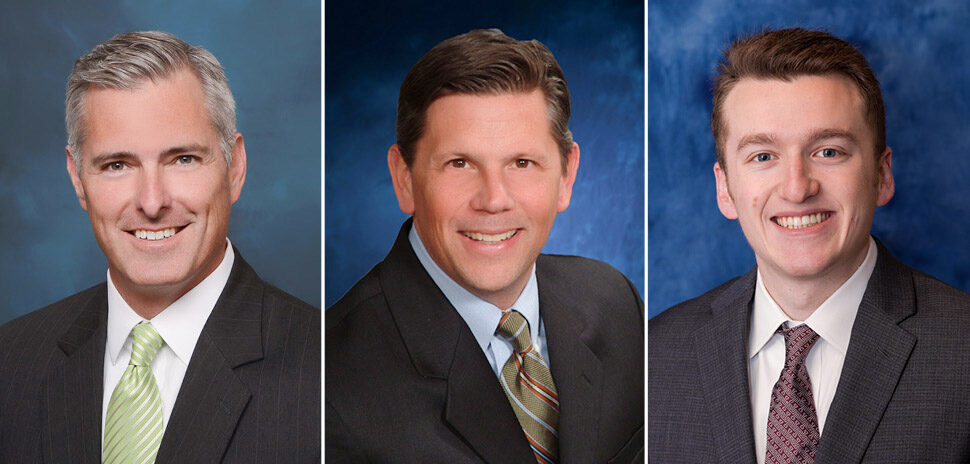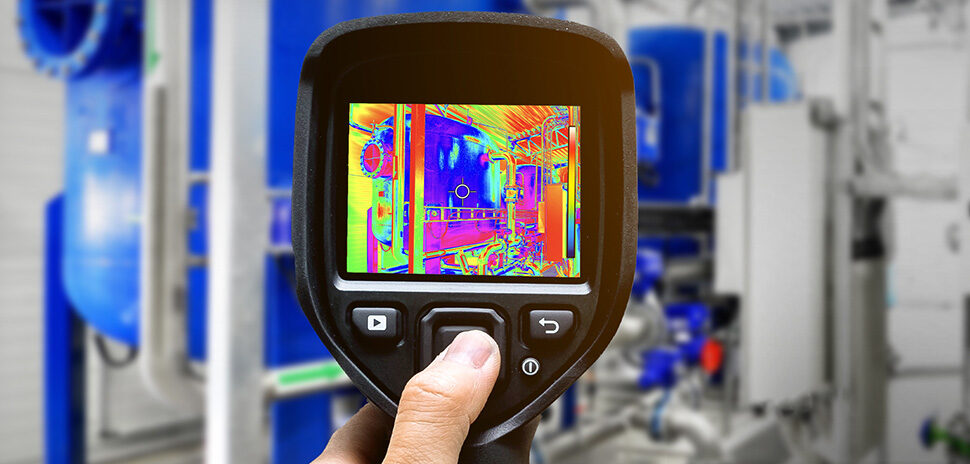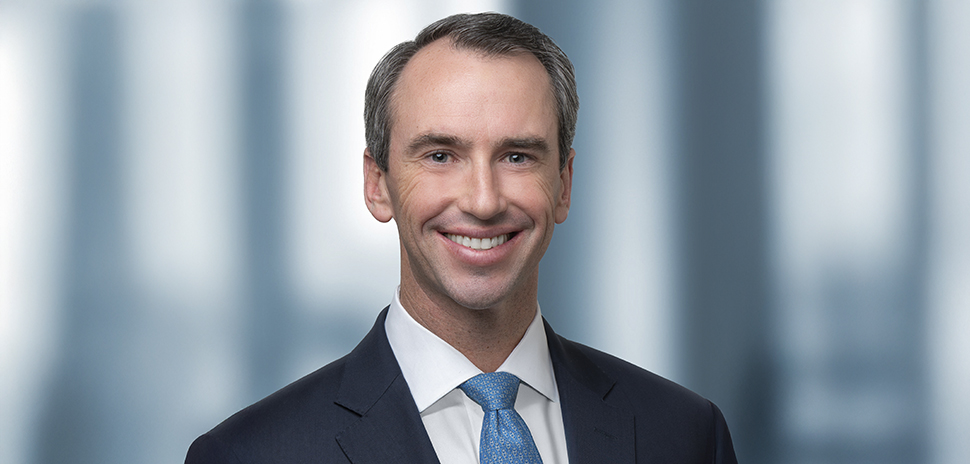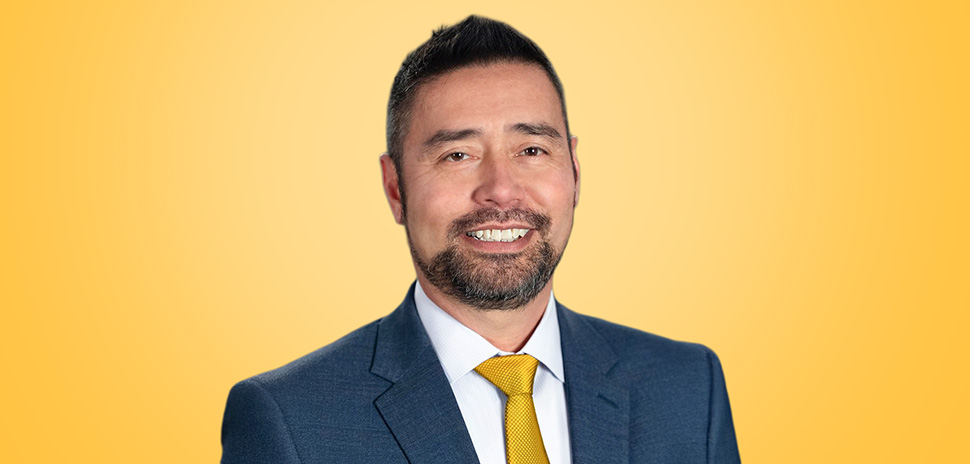INCREASED ENFORCEMENT OF HEALTH INSURANCE PORTABILITY AND ACCOUNTABILITY ACT (HIPAA) SECURITY REQUIREMENTS is adding more pressure to already strained healthcare organizations to not only meet the compliance standards, but exceed them. This technology push is driving healthcare IT professionals to utilize data center services to help meet the demands.
Successful hospitals are leveraging data centers to meet requirements of compliance including security, storage, disaster recovery and networking.
SECURING PATIENT INFORMATION
Most healthcare organizations’ existing infrastructures are at the limits of their capacity to manage complex data that requires real-time access and stringent security. And increased enforcement of HIPAA security is compelling healthcare organizations to upgrade their data security or face significant penalties. Applications for electronic protected health information (ePHI) such as Electronic Medical Records (EMRs), digital imaging, revenue cycles, and billing software, as well as other clinical applications, are required to follow the HIPAA compliance guidelines.
MANAGING DATA STORAGE AND COSTS
Technological advances and government requirements to implement Electronic Health Records (EHRs) are accelerating the adoption of these electronic documents, creating new data management challenges for healthcare systems. EHRs, decision support tools and other new technologies allow healthcare providers to automate processes and capture clinical data. However, EHR programs create enormous amounts of data, which must be accessible in real-time across multiple sites of care. Downtime is not an option since the data may be critical to patient outcomes. Mandatory for success is a data center with advanced technology and creative service agreements that maintain uptime guarantees in its service level agreement (SLAs).
Another trend is the explosion in applications and patient data — not only documents but massive amounts of images and videos. For the healthcare industry, the increasing pressure to implement EHRs, reduce healthcare costs, and improve care outcomes while protecting patient interests has led to strategic review and overhaul by many healthcare providers and vendors.
Hospitals are the second most energy-intensive buildings after restaurants, and globally, healthcare demand and costs are on the rise. Initial costs are the biggest IT challenge for these organizations, and they must do more with less without compromising quality of care. For every dollar a healthcare organization saves on energy it has the equivalent impact on the operating margin as increasing revenues by $20 for hospitals or $10 for medical offices. Therefore, outsourcing to a qualified data center provider offers a creative colocation solution that ensures well-managed infrastructure as an alternative to high energy bills, when those costs are already factored into the SLAs.
Therefore, outsourcing to a qualified data center provider offers a creative colocation solution that ensures well-managed infrastructure as an alternative to high energy bills, when those costs are already factored into the SLAs.
PREPARING FOR DISASTER
Section 164.308 of HIPAA requires data backup, disaster recovery, and emergency mode operations planning. Due to lack of enforcement over the years, healthcare organizations tended to put basic disaster recovery protocols in place, but the Health Information Technology for Economic and Clinical Health (HITECH) Act changed that in 2009. It raised the bar on HIPAA by increasing penalties, oversight, and mandatory breach notifications.
As a subset of business continuity planning, disaster recovery focuses on mitigating risk for the IT-related infrastructure recovery and continuity. Disaster recovery planning must be a collaborative effort between the business executives and IT team. HIPAA requires a risk assessment as a part of the disaster recovery planning process and reviews the assets, threats, and vulnerabilities of the organization.
TECHNOLOGY IS FUNDAMENTAL TO LONG-TERM SUSTAINABILITY
Even recently, it seemed that investment in health IT systems was an activity reserved for larger hospitals. Many small to midsize community hospitals, by contrast, still relied heavily on paper systems and manual processes.
However, community hospitals have become some of the most active IT buyers of in the healthcare industry. Much of the motivation for technology adoption has come from the Meaningful Use program — which encourages healthcare facilities to use EHR technology — and associated health IT stimulus incentives, but there is also an increasing realization among community hospitals that technology will be a fundamental component to their long-term sustainability.
These days, with healthcare reform, providers of all sizes must strive toward coordinated care and improved patient outcomes in order to maximize reimbursements under a pay-for-performance system.
In today’s ever-exploding data-centric environment, healthcare IT leaders can rely on innovative services and support of a dedicated data center provider to ensure government regulations are met, infrastructure is secure and business needs are met — so patients get the best care, and IT professionals provide service to their organizations without disruption or risk of security breaches.
Data centers can provide healthcare systems with top-notch security standards, scalable storage solutions, disaster recovery plans, and coordinated data, which allows the healthcare enterprise to meet ongoing industry requirements and, most importantly, deliver high-quality care to patients and communities.
For a daily dose of what’s new and next in Dallas-Fort Worth innovation, subscribe to our Dallas Innovates e-newsletter.































